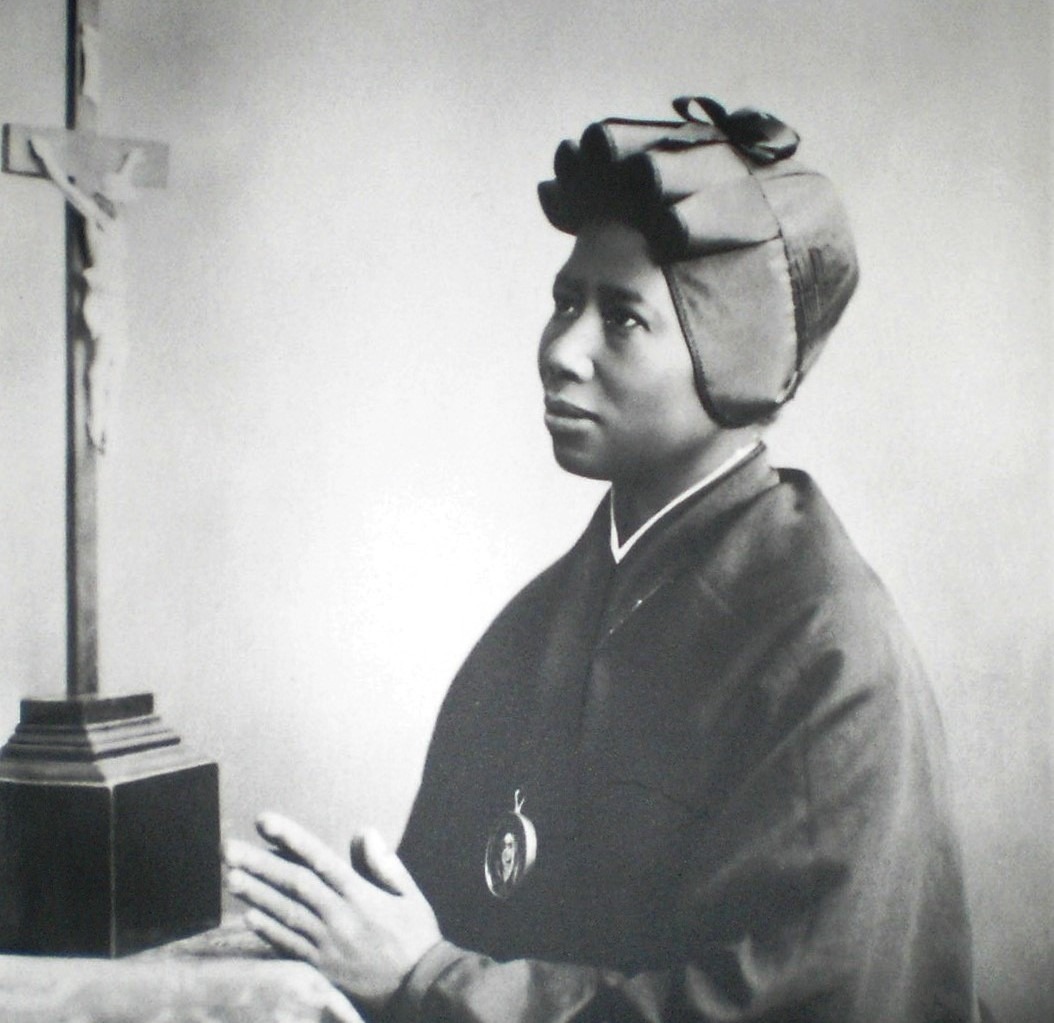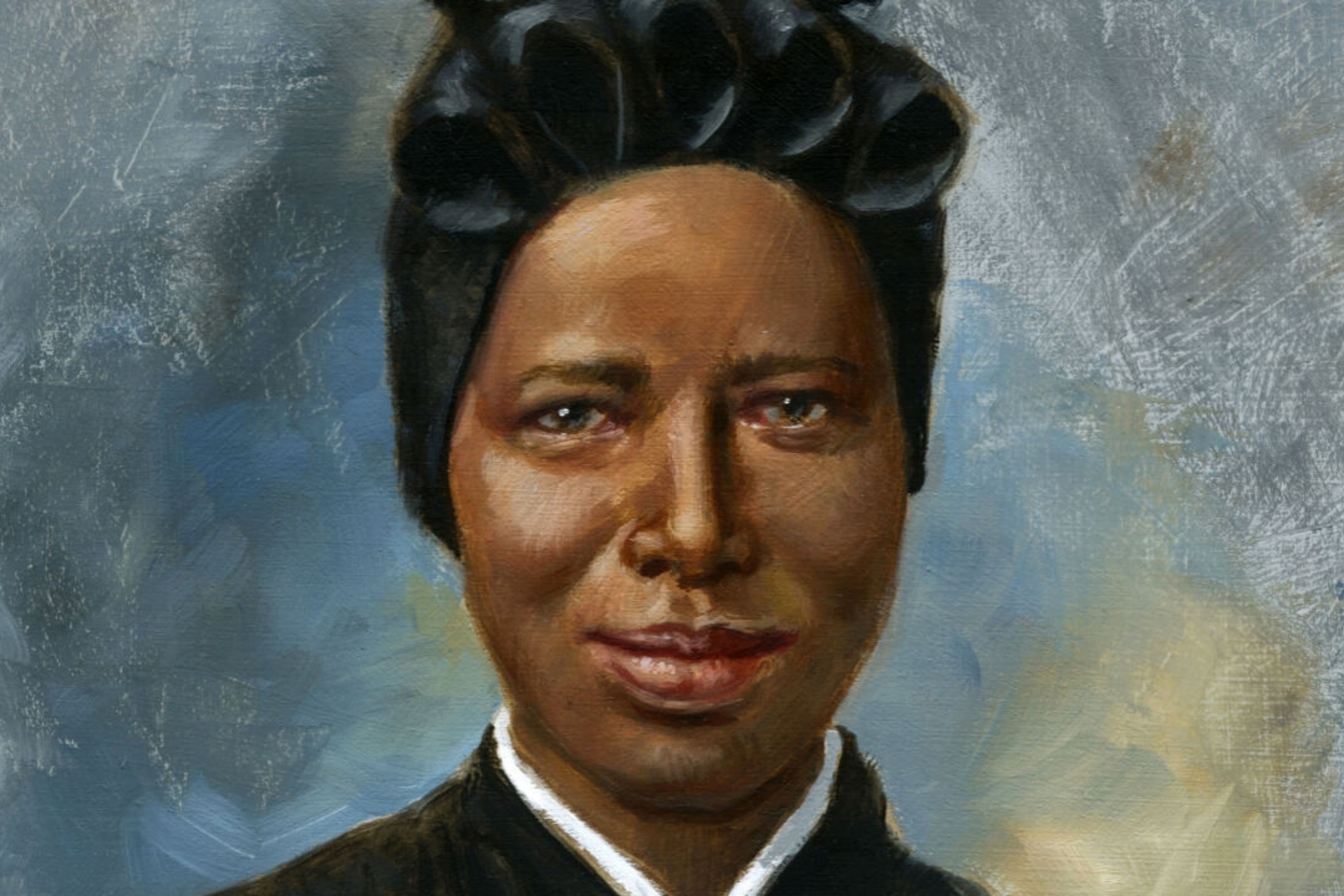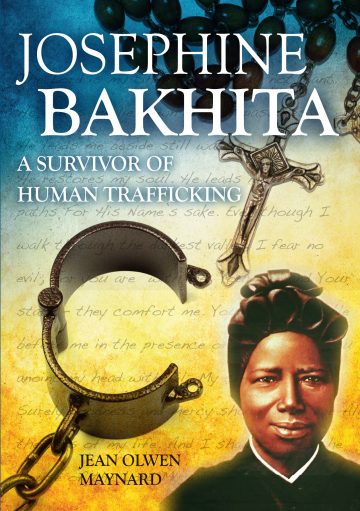They treated her as a thing. That was what she was to them: an object, a possession to be made use of as they saw fit. They ignored her gasps of pain as they carved patterns into her skin.
It was fashionable to have the bodies of your slaves decorated like that. We don’t know for sure how old she was then – maybe 12 or 13? Afterwards, they rubbed salt into the wounds to ensure permanent scarring.
 That kind of treatment doesn’t just leave scars on your body: it leaves even more painful wounds deep inside you, in your spirit. And although time can sometimes heal those wounds, all too often it does not.
That kind of treatment doesn’t just leave scars on your body: it leaves even more painful wounds deep inside you, in your spirit. And although time can sometimes heal those wounds, all too often it does not.
Searching for healing
After Bakhita had been sold to a master who behaved decently to her, and eventually took her to Italy – where he casually gave her away as a present to someone he hardly knew – she thought she’d found happiness at last. In a way, she had, at least on the surface.
No more beatings! No more cruel punishments just for happening to be there when a slave-owner was in a temper about something! Nevertheless, she carried around a sadness inside her, a sadness that never really lifted. She seems naturally to have been a kind, co-operative and helpful person, someone who was very good with children because they trusted and were attracted to her.
They didn’t understand what was the matter: she never talked – not in those days – about what had happened to her. But they could see the sadness inside.
When it came about, at last, that Bakhita found healing for the wound in her spirit, it wasn’t thanks to the passage of time, or to her own natural resilience. Even the awakening of faith, through the religious instruction and loving care she received from the Canossian Sisters in Venice, did not in itself bring about that healing.
It happened as a kind of miracle at the moment of her baptism, a miracle performed by Jesus Christ through the power of the sacrament. From that moment on she radiated joy – a joy not of this world.
The healing she received was so complete that she was able to forgive the slave-owners who’d tortured her, excusing them – even feeling sorry for them – because they didn’t know God. She prayed for them always, asking God to be good to them as he’d been to her, and bring them to salvation.
What can Bakhita’s story say to us today?
It tells us that nothing is beyond Christ’s power to heal. When we have inner wounds, even wounds that seem to separate us from his love, he doesn’t always choose to heal them straightaway. But he does ask us to trust in his power to keep us safe and watch over us, heal us in his own time, and bring something good and beautiful out of the pain we suffer, as he did with Bakhita.
And Bakhita, too, can help us if we ask her.
Her story also reminds us of something else which we must take very seriously indeed. No child should ever have to go through what she went through. No child, and no woman or man either. So if there’s ever anything we can to stamp out all forms of human trafficking, and to help care for its victims, let’s do it.
 This blog is written by Jean Olwen Maynard, author of the CTS ebook Josephine Bakhita. St Josephine Bakhita, a trafficked, enslaved and horribly abused child, has become the ‘patron saint’, intercessor and inspiration for the countless victims of this crime against humanity. Discover the story of her life in this booklet.
This blog is written by Jean Olwen Maynard, author of the CTS ebook Josephine Bakhita. St Josephine Bakhita, a trafficked, enslaved and horribly abused child, has become the ‘patron saint’, intercessor and inspiration for the countless victims of this crime against humanity. Discover the story of her life in this booklet.
Click here to download a copy of Josephine Bakhita on your favourite ebook platform.




